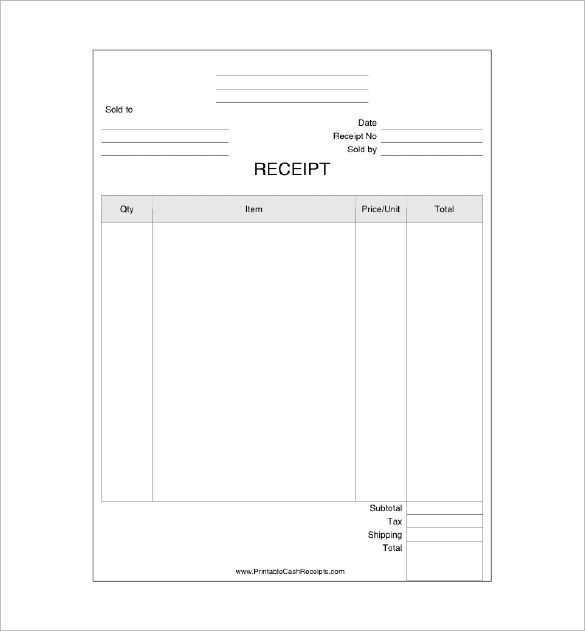
Key Elements of a Packing Receipt
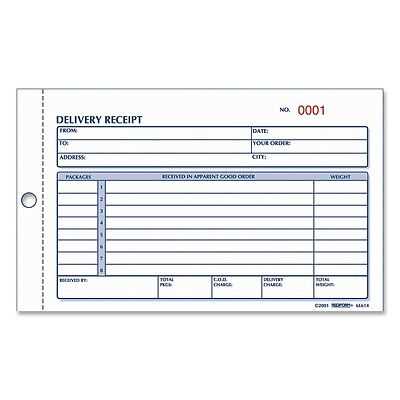
A packing receipt should provide a clear summary of the items included in a package. It must contain essential details for both the sender and the recipient. Here are the key components that need to be present:
- Sender and Recipient Information: Include full names, addresses, and contact numbers for both parties.
- Date: Always mention the date of packing or shipment to ensure accurate record-keeping.
- Itemized List: Clearly list all the items packed. Provide descriptions, quantities, and reference numbers where applicable.
- Tracking or Reference Number: If applicable, include a tracking number or reference for easy identification during transit.
- Condition of Items: Indicate the condition of the items (e.g., fragile, perishable) to help handle the package with care.
Designing a Packing Receipt Template
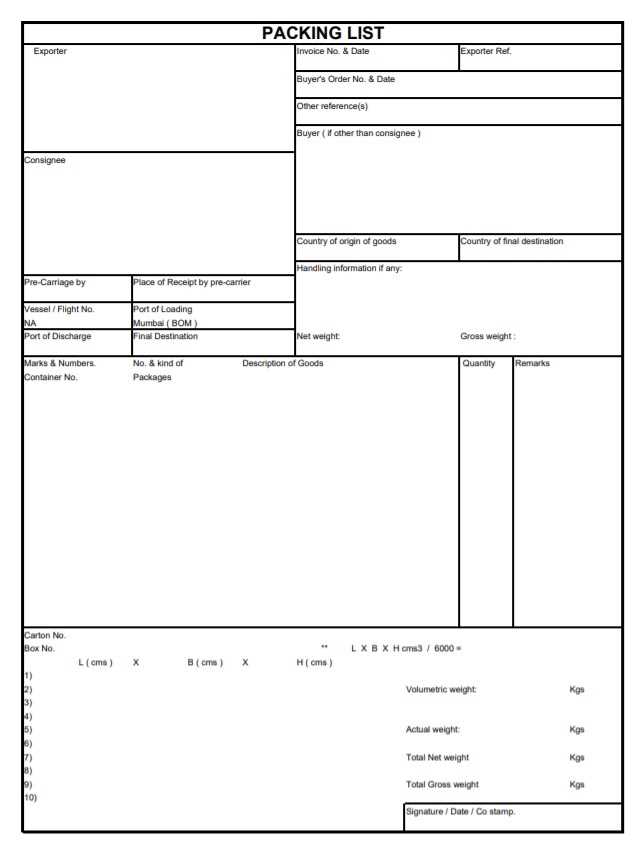
A packing receipt template should be easy to read and organized. Here’s a simple structure to follow:
Header Section

- Sender’s Information: Position this at the top left corner.
- Recipient’s Information: Place this at the top right corner for easy access.
- Date of Packing: This can be placed below the sender’s details.
Itemized List Section
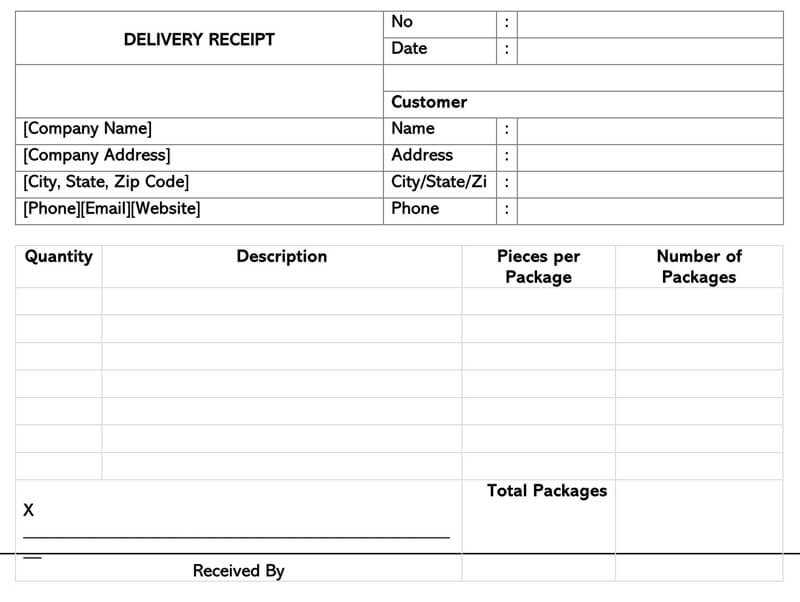
The itemized section should list all the packed items. Use a table format or bullet points for clarity. For each item, provide the following:
- Item Description: A brief description of the item.
- Quantity: The number of units in the package.
- Weight or Dimensions: Optional, but useful for larger shipments.
Footer Section
In the footer, add the following details:
- Tracking Number or Reference Number: If applicable.
- Special Instructions: Any handling instructions or additional notes.
Having a well-organized packing receipt will streamline the packing and shipping process. It ensures that both the sender and recipient have a clear understanding of the contents of the package and can refer back to it if needed. Always ensure to update and review your template to keep it relevant and accurate.
Packing Receipt Template
Key Elements to Include in a Shipment Receipt
How to Format a Packing List for Clear Documentation
Differences Between a Packing Receipt and an Invoice
Customizing a Shipping Receipt for Business Needs
Digital vs. Paper Receipts: Pros and Cons
Common Errors in Shipping Receipts and How to Avoid Them
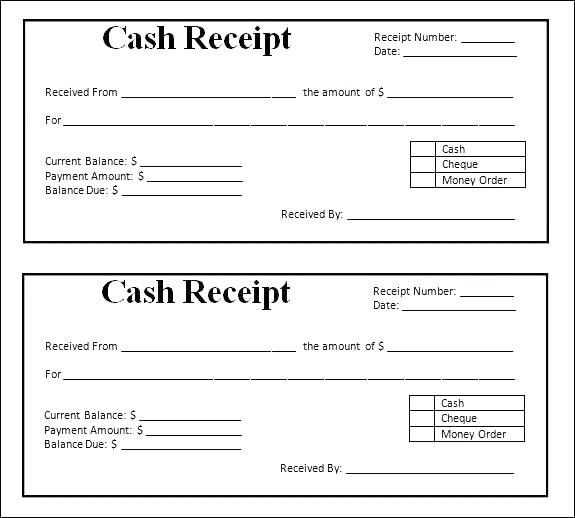
Start with the basics: A packing receipt should contain key details to verify the shipment. Include the sender’s and recipient’s names, the shipment date, order or tracking numbers, and the items being shipped. Don’t forget the quantity and any special handling instructions. This makes it clear what was packed and sent.
Formatting a packing list: Organize the list by item, with columns for descriptions, quantities, and item codes. Group similar products together, and list fragile or valuable items separately for attention. This organization ensures accuracy during processing and reduces confusion on delivery.
Packing receipt vs. invoice: A packing receipt confirms what has been packed and sent, while an invoice details the payment for those items. They serve different purposes, so don’t confuse the two. A receipt is for the shipper and recipient, and an invoice is for accounting and payment tracking.
Customizing for business: Adjust the template based on your company’s needs. Include your company logo, payment terms, or additional instructions if necessary. Customization helps reinforce brand identity and makes the document more professional.
Digital vs. paper receipts: Digital receipts are convenient, easily stored, and can be sent quickly. However, paper receipts are still needed for legal or tax reasons in some cases. Weigh the benefits based on your business requirements, but always ensure easy accessibility for both formats.
Avoid common errors: Double-check that item quantities and descriptions match the shipment. Ensure that all shipping details, such as addresses and tracking numbers, are correct. Missing or inaccurate details can lead to delays and customer frustration.


